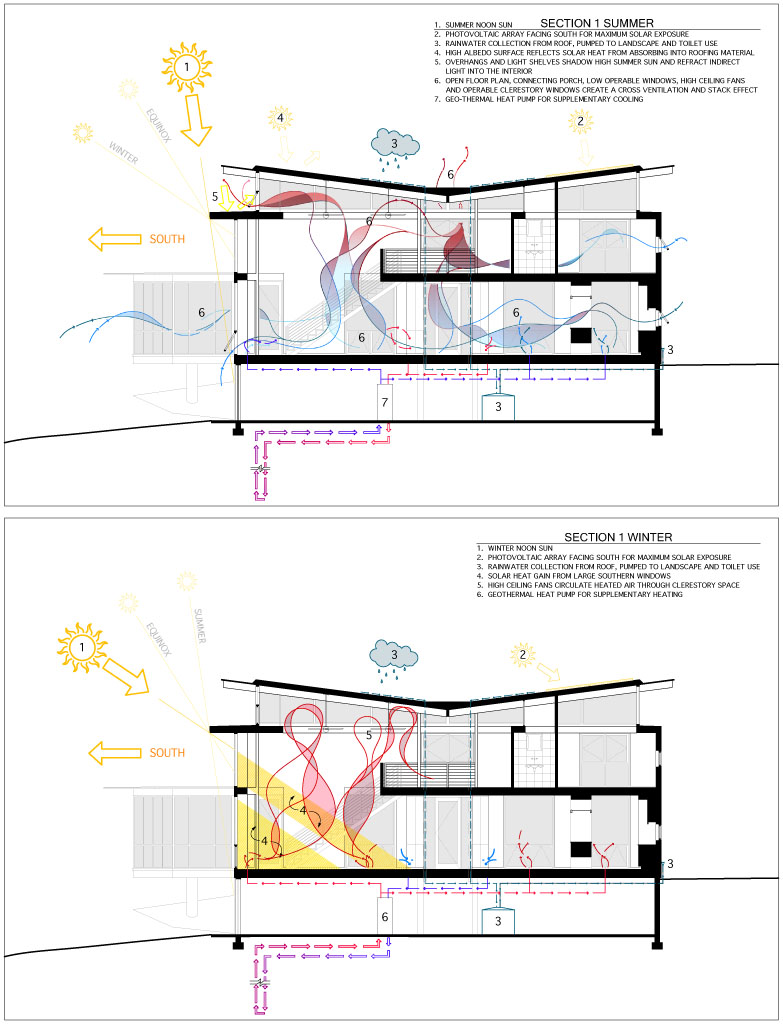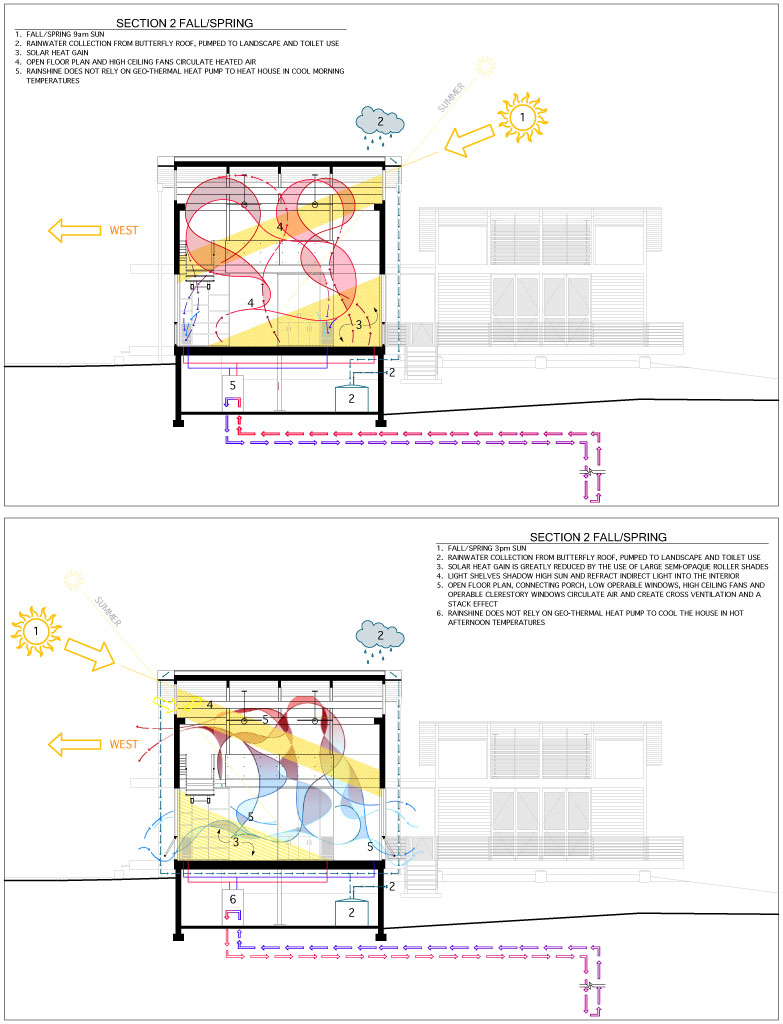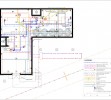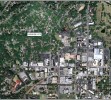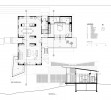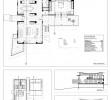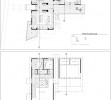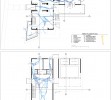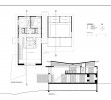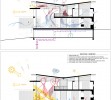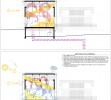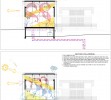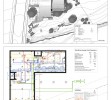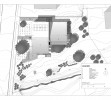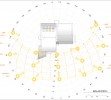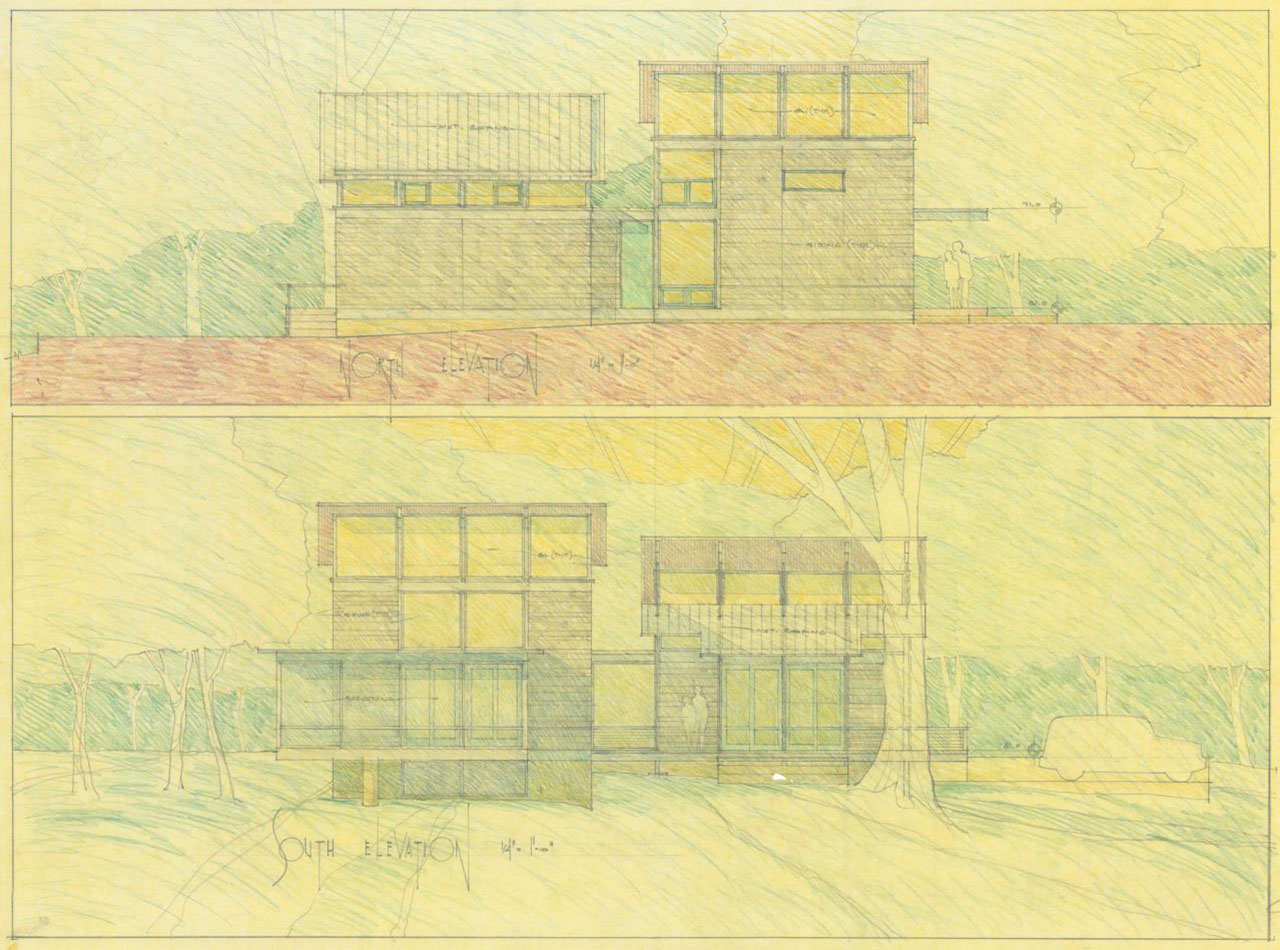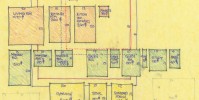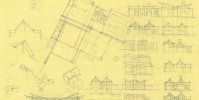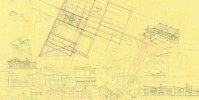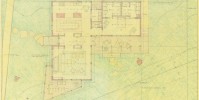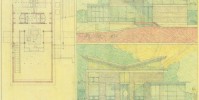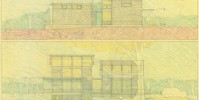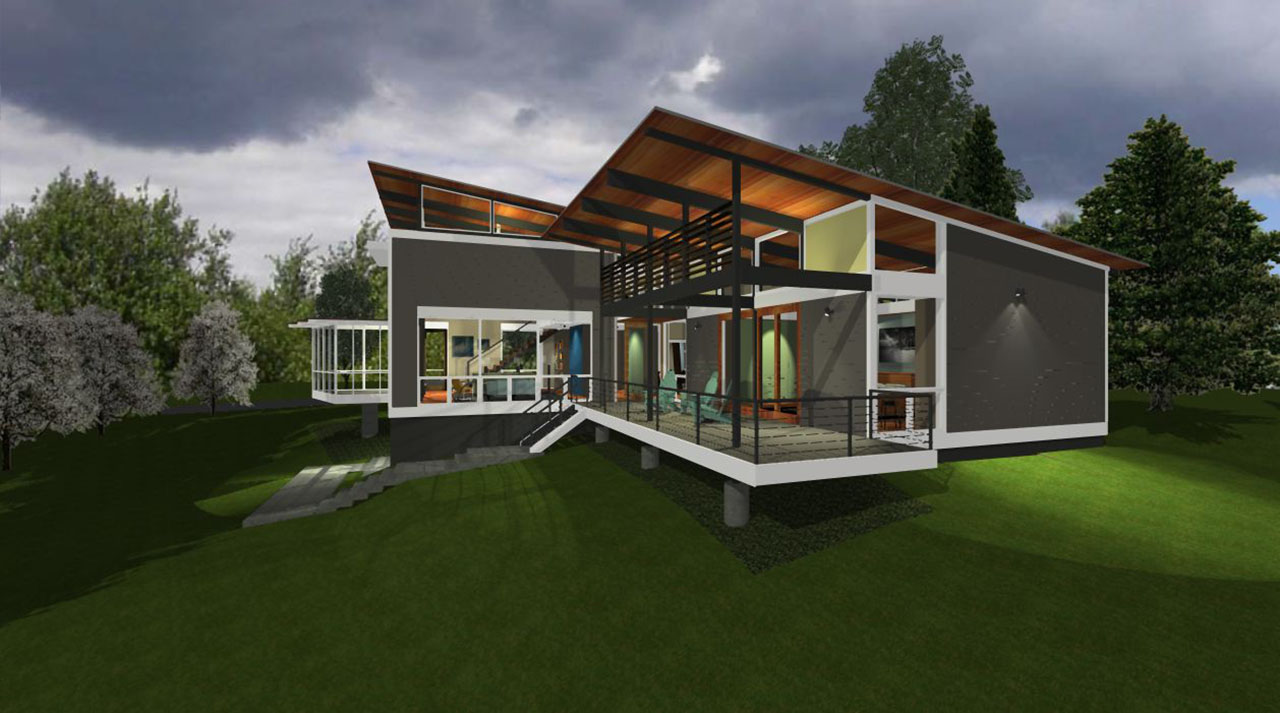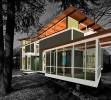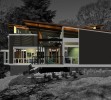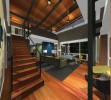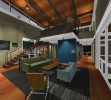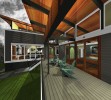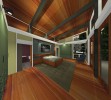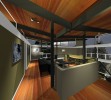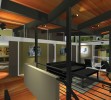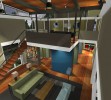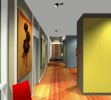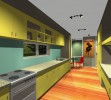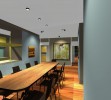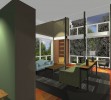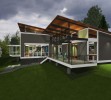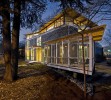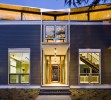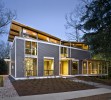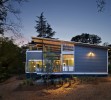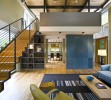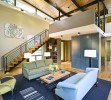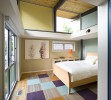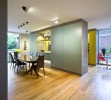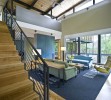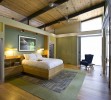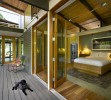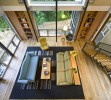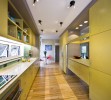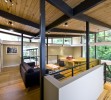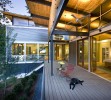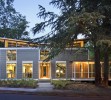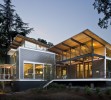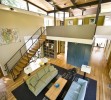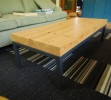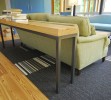House of the Month: Rain or Shine, This House Is Always Green
RainShine is the first modernist LEED Platinum house in the Southeast, according to architect Robert M. Cain.
Retired couple Chuck and Mary Bosserman purchased a lot near downtown Decatur, a suburb of Atlanta, Georgia, with the goal of building an energy-efficient home filled with natural light, cooled by cross-breezes, and supportive of their active lifestyle. However, they accomplished much more than that. Their vision, executed with the expertise of architect Robert M. Cain, AIA, LEED AP, resulted in a home that exceeds LEED Platinum standards – the greenest level of certification in the organization’s pilot program for homes. Dubbed “RainShine,” the home uses nearly half the energy of its traditional counterparts, and its modern aesthetic has attracted the attention of the community, creating opportunities for education.
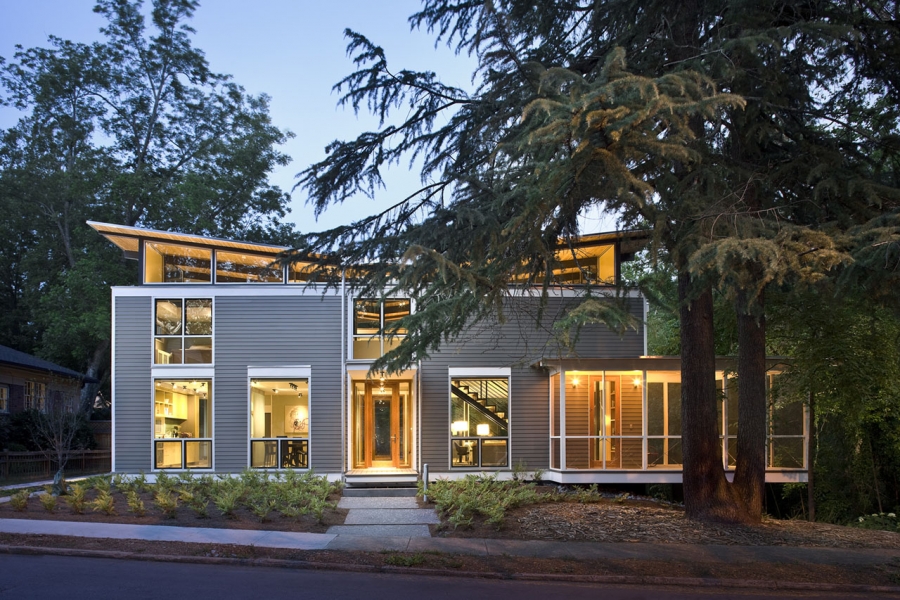 Image courtesy of Paul Hultberg
Image courtesy of Paul Hultberg
A butterfly roof is the stand-out feature of the home’s design. Its exposed tongue-and-groove wood decking, supported by steel beams, lends warmth to the interior, but the roof is also incredibly functional: its V-shape captures rainfall, which is harvested and stored in the basement, and also supports photovoltaic panels – thus the name RainShine. Cain intentionally avoided extending exterior or interior walls to meet the underside of the roof, positioning clerestory windows beneath so it appears to float. Because the windows are operable, they ventilate and cool the home’s interior via the stack effect, and light shelves take advantage of the site’s ideal southern exposure by amplifying natural light throughout.
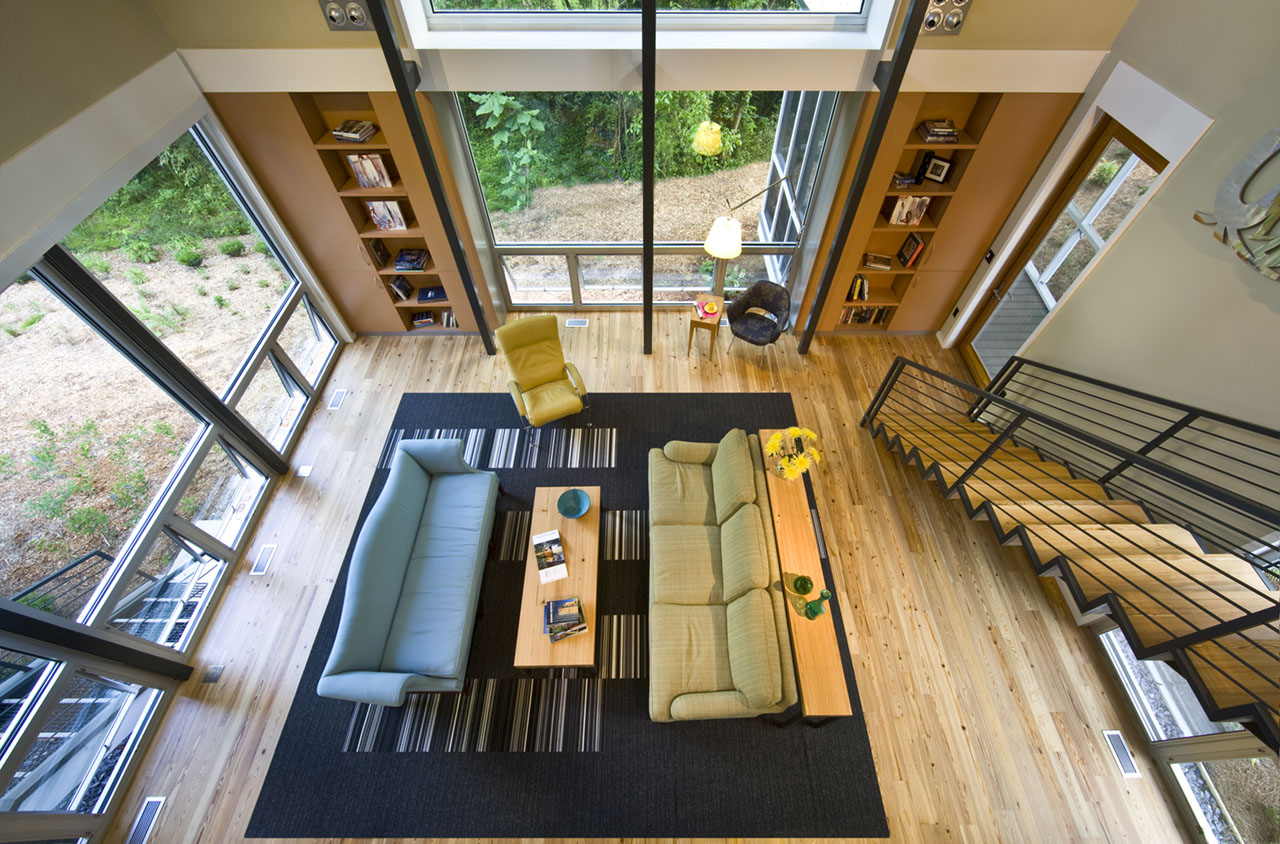
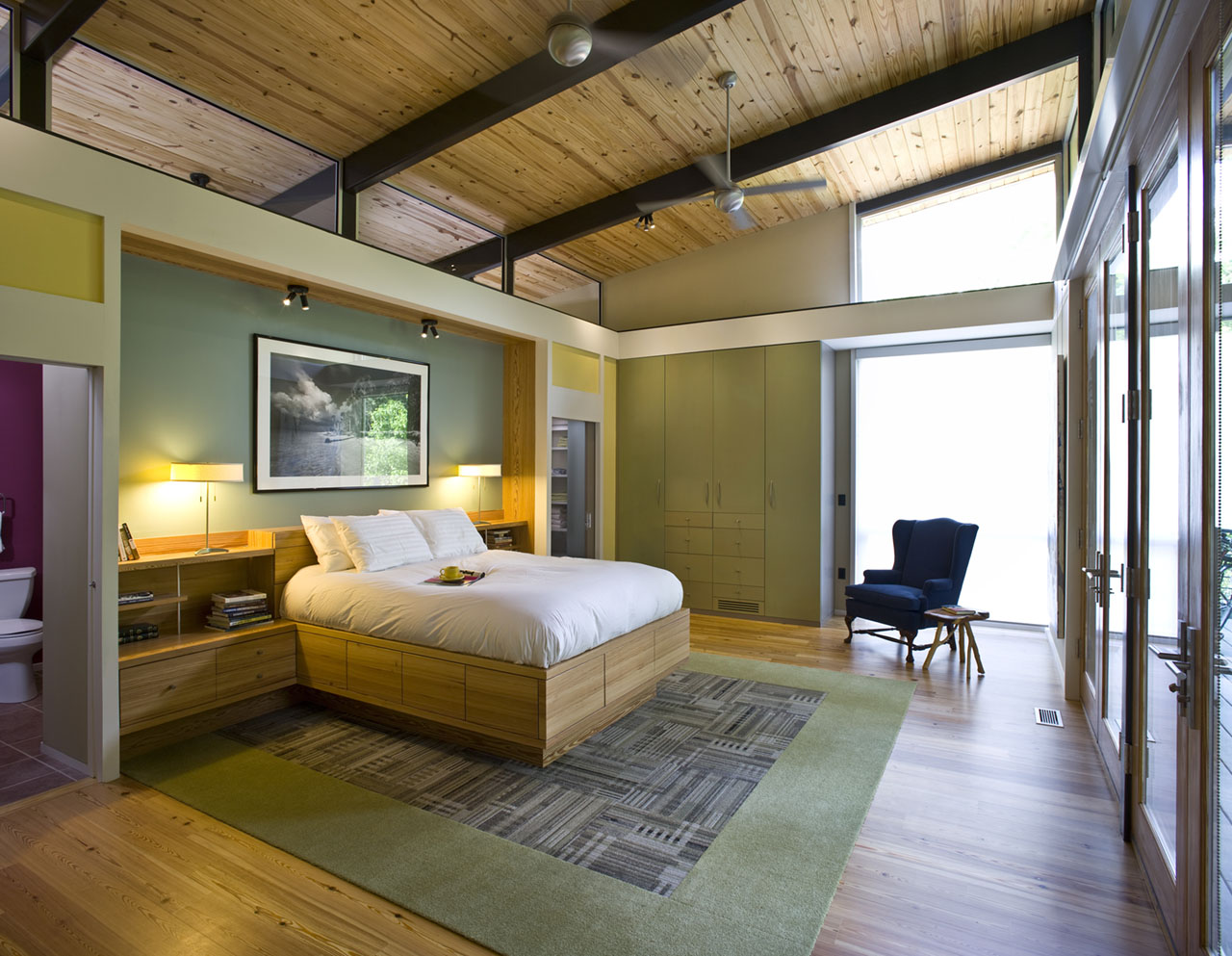
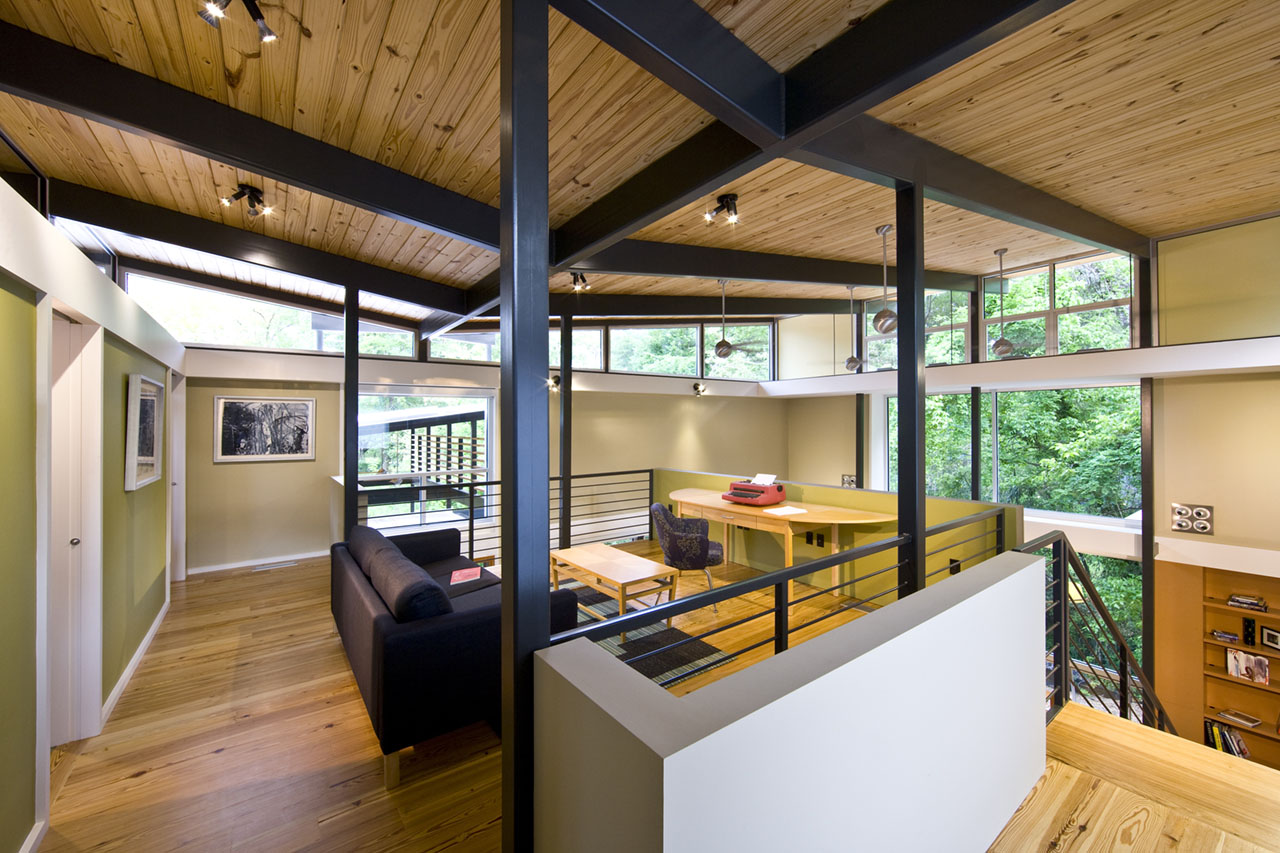
Modest by most standards, the two-story, 2,800-square-foot home maximizes its confined site. It is an infill project within a walkable and established neighborhood populated mainly by 1920s to Post War-era single-family homes. Many setbacks limited the buildable area to a trapezoidal portion of the one-third acre lot, including those imposed by a flood plain, sewer easement, and zoning ordinances. Despite these constraints, Cain designed a floor plan that is at once open and airy, but with some separation between spaces as the couple requested.
The ground floor foyer leads to a two-story living room to the right and kitchen and dining spaces on the left. Cain designed “thick walls” that conceal storage and bookshelves, efficiently dividing spaces without closing them off completely. Also located on the ground floor is the master suite, including practical his-and-hers bathrooms. A sleeping loft overlooks the living space, and two guest rooms on the second floor host the couple's children and other relatives for extended visits. The home also offers two types of outdoor space, including a screened porch on the front that faces the street and a private deck in the backyard. RainShine has no garage, but the design team included a built-in bike rack to support the couple's eco-friendly transportation mode of choice.
Aside from desiring a modern home filled with light, Mary also wanted a colorful home. Avoiding a stark white aesthetic, the design team based selections on Mary's favorite colors—blue, green and yellow—a natural palette that also complements the home’s sustainable design intent. The designers experimented with applying colored stains to the millwork that comprises the “thick walls,” first testing it in house and then working with a cabinetmaker to refine their approach. Zero-VOC industrial stains allow the warm undertones of the formaldehyde-free medium-density fiberboard (MDF) to shine through. Similarly, other products used in the home contain low- or no-VOCs or are made of recycled and locally salvaged materials, such as the old-growth heart pine wood floors that previously lined a stable.
The design team incorporated both passive and active strategies to achieve the home’s impressive energy performance credentials. The exterior walls are framed with 6" wood studs, bulkier than conventional 4" studs, and filled with Icynene insulation. The windows are commercial-grade aluminum storefronts with thermal breaks, and overhanging eaves protect from excessive thermal gain, particularly on the south facade. Active systems include closed vertical loop ground source heat pumps (five wells with 4" diameters extend 200' below the ground’s surface to extract heat from the Earth in the winter and then use it as a heat sink in the summer), a desuperheater that provides hot water, and an energy recovery ventilator to filter and freshen the air, as well as efficient LED lighting.
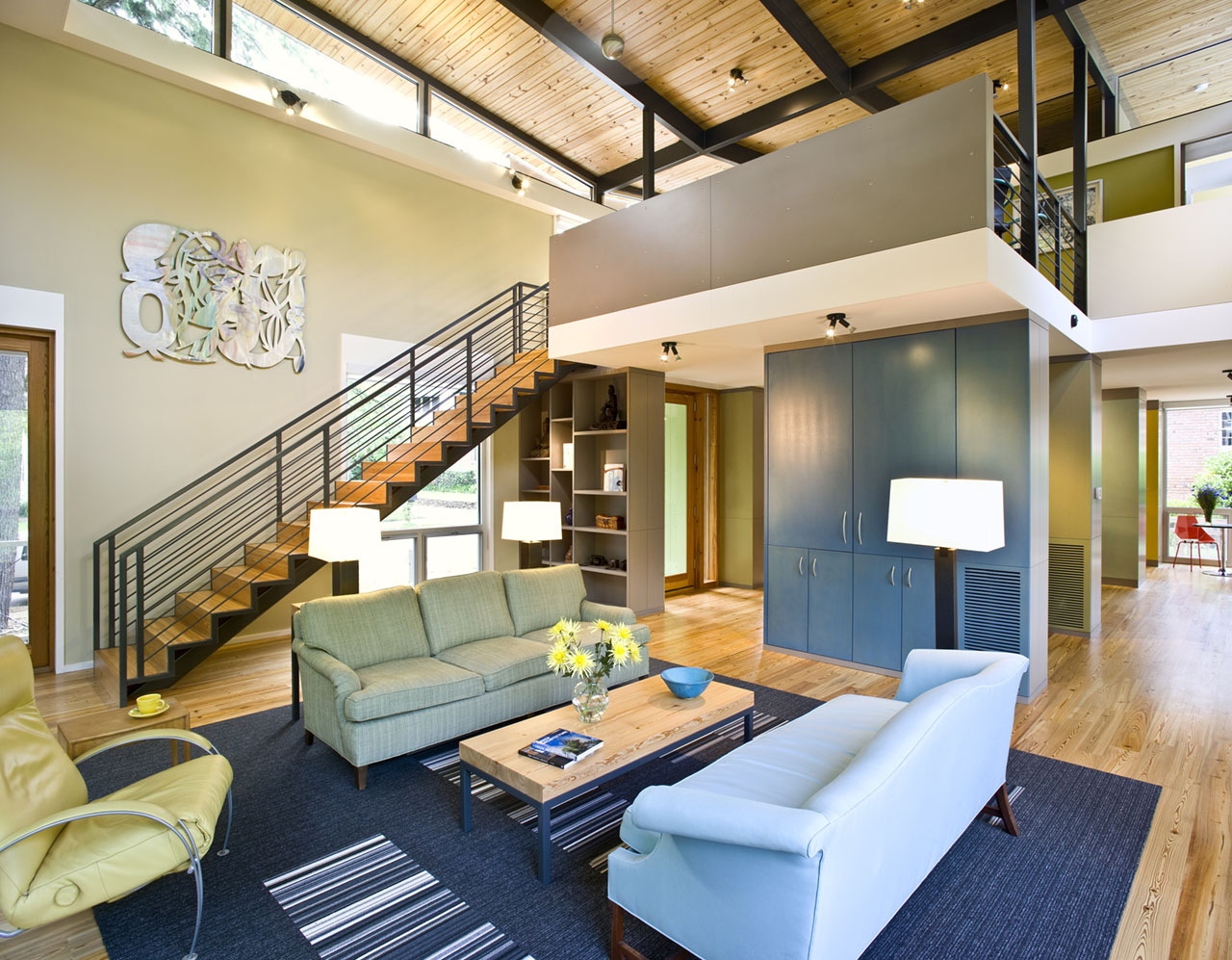
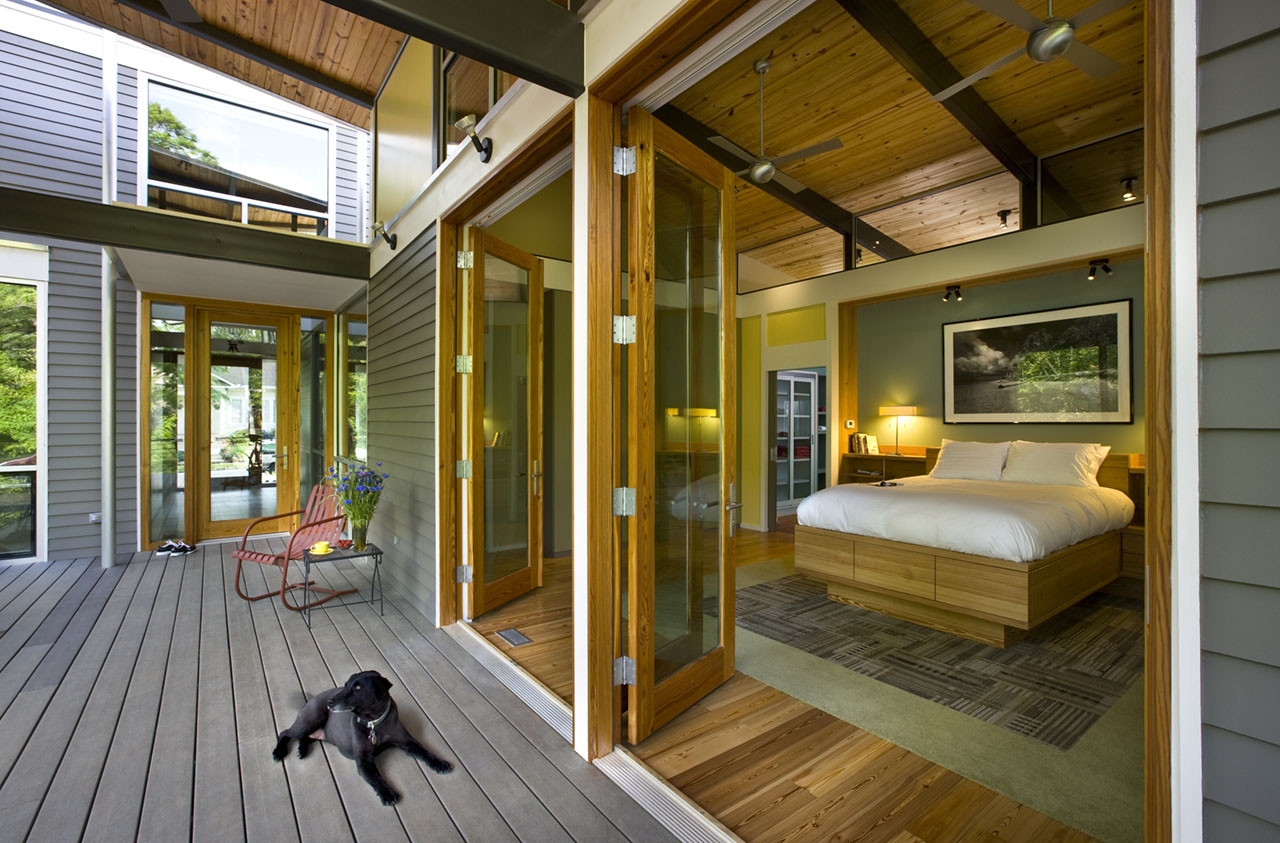
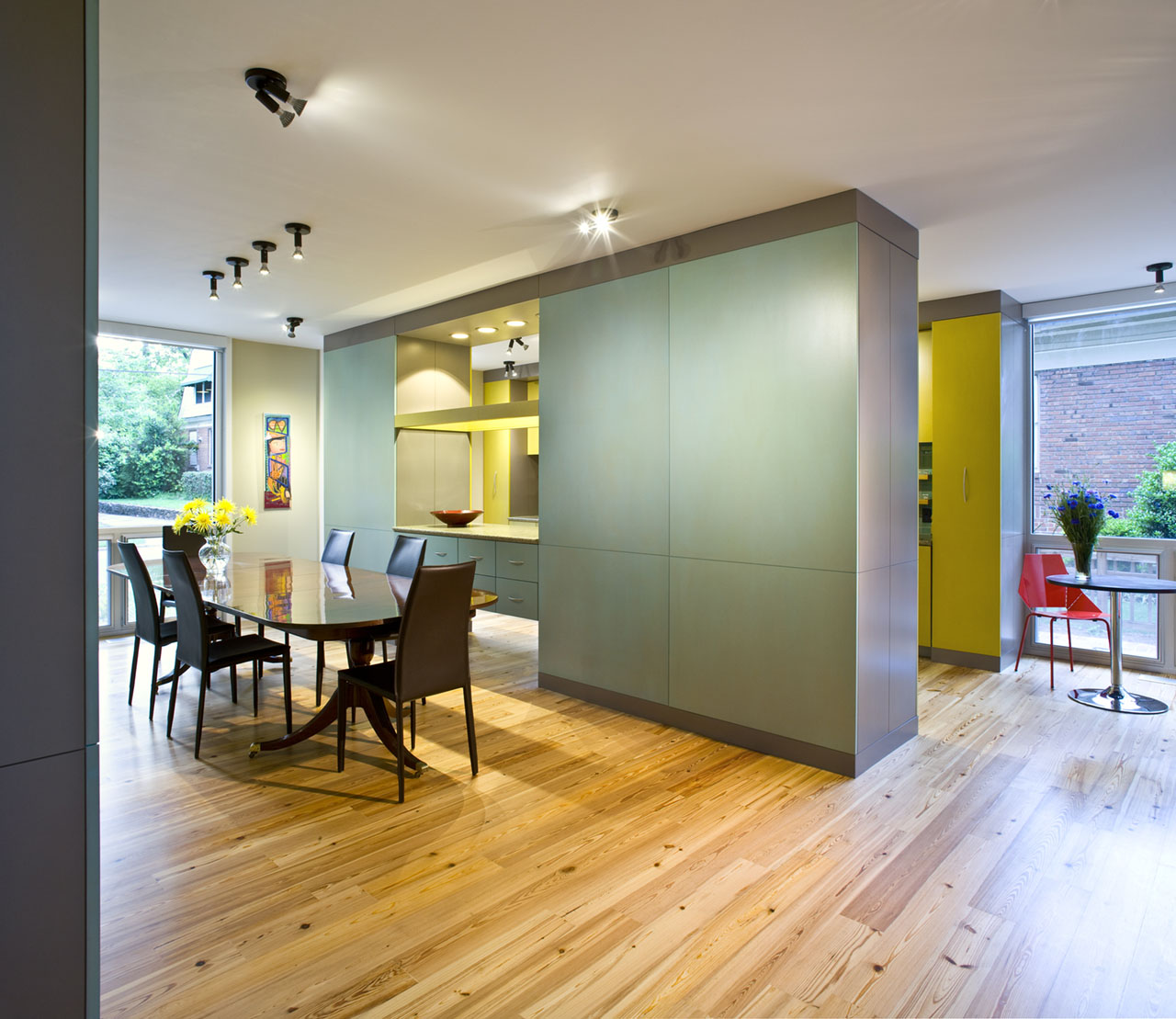
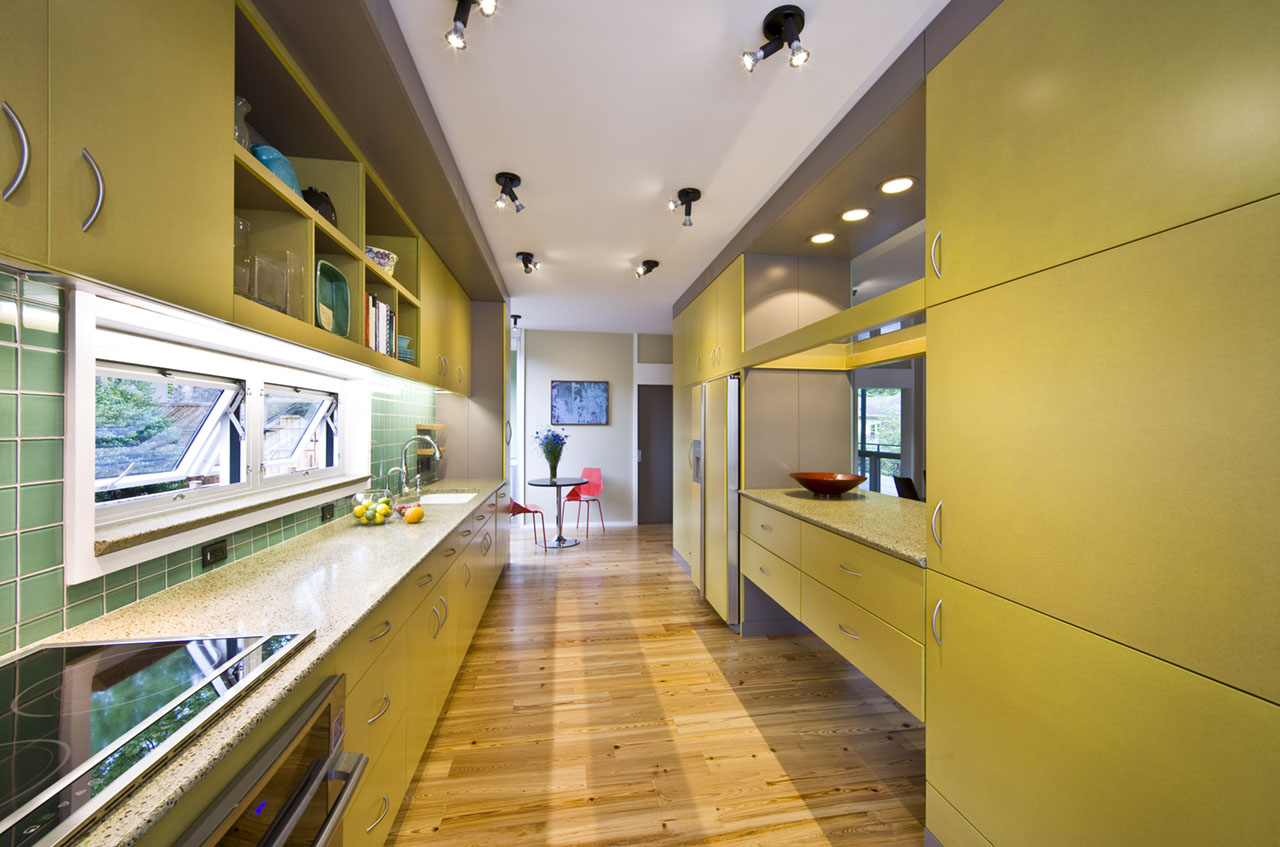
For the Bossermans, achieving LEED Platinum certification was extremely important. Although the pilot program was first announced toward the end of the design phase, they asked Cain to make revisions in order to meet the standards. “LEED certification offered the potential to make this home more visible to many people as a sustainable house that suits an urban lifestyle,” Cain believes. RainShine also meets standards set forth by the EarthCraft House Program and Energy Star and is a candidate for certification through the Energy Efficiency and Renewable Energy (EERE) Program of the U.S. Department of Energy.
RainShine has attracted plenty of attention among its neighbors and has been featured as part of several home tours, further piquing curiosity. “This house became a subject of discussion while it was under construction,” recalls Cain. "I’d say about half of the people loved it and the other half just couldn't understand why you would invert the slope of a roof.” Naysayers aside, Cain believes that “the beauty of modern design is that it has the flexibility to accommodate all the requirements of sustainability without looking forced.”
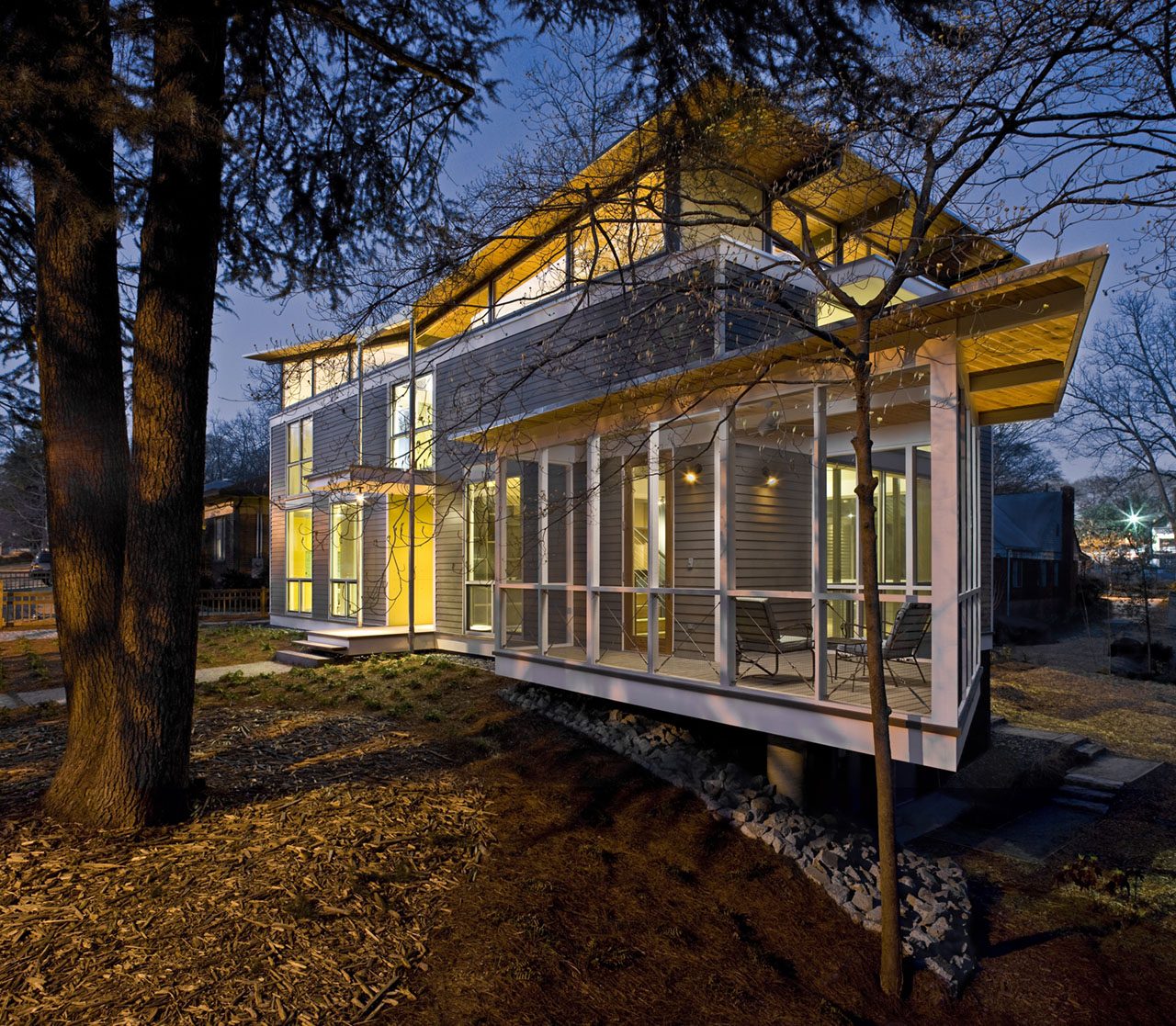

Murrye Bernard
Murrye is a freelance writer based in New York City. She holds a Bachelor's degree in Architecture from the University of Arkansas and is a LEED-accredited professional. Her work has been published in Architectural Record, Eco-Structure, and Architectural Lighting, among others. She also serves as a contributing editor for the American Institute of Architects' New York Chapter publication, eOculus.
Website: www.murrye.com
